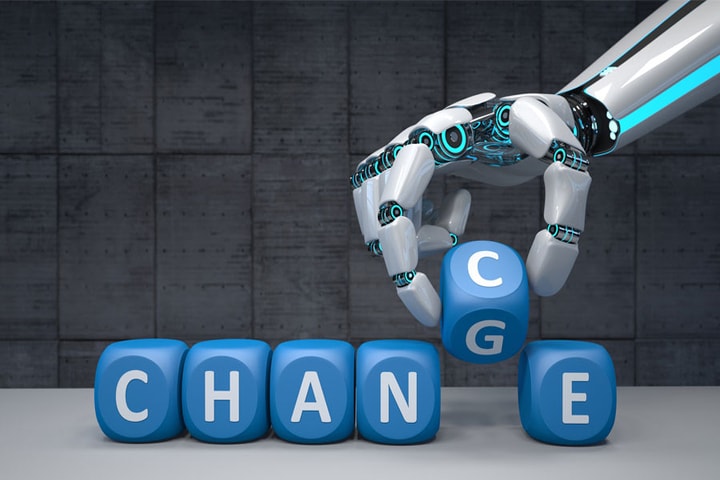How you can rent a robot for the cost of an employee? here’s what you should know

The subscription model drives the growth of robotics as a service (RaaS) making the use of robots accessible to small and medium-sized companies without large financial outlays
Robotization is not a new phenomenon. It has occupied a leading role in heavy industries such as the automobile or manufacturing for decades, but the jump from large assembly lines to smaller and more specialized sectors has gained momentum in recent years with the development of a new business model: robotics as a service or RaaS (Robotics as a Service)
The numbers for this market, which uses the subscription model adopted by others such as “software” or audio-visual, are more than optimistic. The Technavio consultancy, in a report presented last October, estimates an annual growth of 15.82% during the 2020-2024 period, which rises to 17% if the compound annual growth rate (CAGR) is considered.
This will mean an increase in business volume of 832 million dollars for a market in which the main consumers are South Korea, Germany, Japan, China, and the United States. Another, even more optimistic, report from Abi Research from 2018 puts the annual revenue volume for 2026 at 34,000 million dollars from the 217 million generated by the RaaS sector in 2016. And at 1.3 million robots available for rent in 2026 compared to 4,442 robots six years ago.
Robotics as a service eliminates the great barrier that the use of robots supposes for any company that does not have large resources such as those of a car manufacturer. Under this business model, the company that wants to use a robot does not need to make a large initial investment, but instead rents it for a price per hour and obtains, in addition to the robot, a “software” adapted to its needs that can be updated as needed. through the cloud and the support of the company that provides the robot.
Shahan Farshchi, an investor in the company RaaS Formic, compares the current situation of robotics with that of computing when personal computers began to become popular in the 1980s. Until then, only large companies could use them until companies such as IBM, Intel, and Microsoft, among others, have made technology cheaper and easier to use. “We are at that moment with the robots,” he told the Wired media outlet.
A Formic client is Polar Manufacturing, an American company dedicated to the manufacture of small metal parts such as hinges and locks. Last year it hired its first worker robot. He avoided paying the $100,000 it would have cost to purchase a robot arm that must perform a task as repetitive as feeding metal parts into a press that molds them. Like a person, work is paid by the hour, but the $15 minimum wage per hour that a worker earns in some states of the country remains at the $8 per hour that Formic pays.
José Figueroa, manager of the production line at Polar, points out to the media that introducing the robot allowed a human worker to be dedicated to a different task. The company does not plan to replace any of its 70 workers with robots but acknowledges that it may not need to hire new employees.
The sector is fragmented among many companies that seek to extend the model among small and medium-sized companies. They offer flexibility, scalability, and a much lower cost of entry than the traditional robotics industry, which currently has some 3 million robots in operation worldwide, according to the International Federation of Robotics, IFR.
The shortage of workers fuelled by the pandemic, together with the cheapening of technology, have been other decisive factors in the take-off of this business model that is penetrating segments such as logistics, storage, medical or security, and surveillance, among others. Cobalt Robotics, for example, offers robots that patrol a certain area and are, according to its calculations, 65% cheaper than a human employee for that task.
Robots, both industrial and service, are becoming more accessible under the RaaS model, and easier to use with technological evolution. A report published in the Journal of Economic Perspectives in 2019 points out that the implementation of Artificial Intelligence in robots will lead companies to reorganize themselves into new structures that will have an impact on their employees.
More in Technology





